
EFFECTS OF ROTARY ULTRASONIC MILLING AND TRADITIONAL MILLING ON MATERIAL REMOVAL PARAMETERS
EFFECTS OF ROTARY ULTRASONIC MILLING AND TRADITIONAL MILLING ON MATERIAL REMOVAL PARAMETERS
In order to verify the influence of rotating ultrasonic milling and traditional milling on the parameters of material removal, we compared the processing of the two. The processing equipment is the VCenter-70 of the CNC machining center and the ultrasound equipment has a power of 600W, with a frequency of 20 kHz, an amplitude of 0.12 mm, and an abrasive number of 500. The processing material is die steel and the tool diameter is 5mm.
(1) Comparison of the spindle speed is the same as shown in Figure 5 and Figure 6. As can be seen from Figure 5, with the increase of the rotational speed of the traditional milling processing, the material removal amount shows a decreasing trend; while the rotation ultrasonic milling processing increases the removal amount of the material when the spindle rotation speed increases, but it is not obvious. It is clear that rotary ultrasonic milling removes more material than traditional milling. In Fig. 6, the surface roughness value of conventional machining decreases with the increase of the spindle speed, but it increases with the increase of the spindle speed in the rotary ultrasonic milling process. This also shows that in the ultrasonic milling process, No need for high speed. In the comparison of the roughness of the two, rotary ultrasonic milling occupies an absolute advantage.
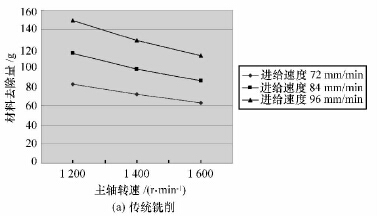
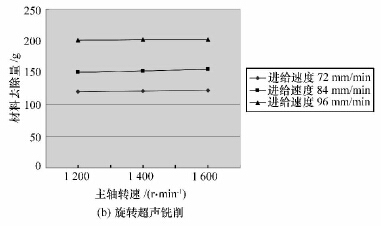
Fig. 5 Comparison of material removal when the spindle speed is the same
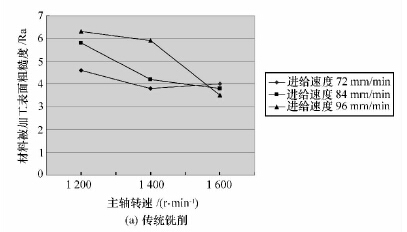
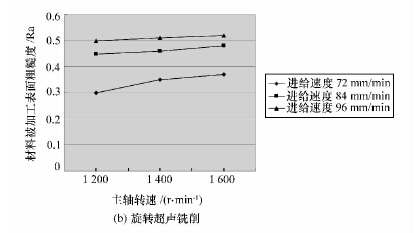
Fig. 6 Comparison of machined surface roughness when the spindle speed is the same
(2) The comparison with the same feed speed is shown in Figs. 7 and 8. It can be seen from Figure 7 that the removal of material at the same spindle speed increases with the feedrate, but it is clear that rotary ultrasonic milling has a greater material removal than traditional milling. In Fig. 8, in the conventional machining, the roughness value is always increased along with the increase of the feed speed in the constant spindle speed, and it tends to decrease at a certain high spindle speed; but in rotary ultrasonic milling However, as the feed rate increases, the surface roughness increases. This also shows that high speeds are not required in rotary ultrasonic milling. In both processing methods, rotary ultrasonic milling obviously has more advantages than traditional processing methods for machining surface roughness values.
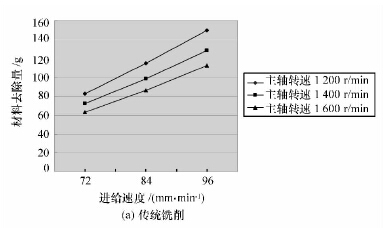
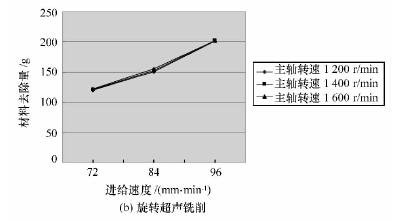
Figure 7 Comparison of material removal rate at the same feed rate
3. Conclusion
Through the analysis of the material processing mechanism through the combination of rotary ultrasonic and numerical control technology, a variety of processing parameters were introduced and a mathematical model of numerical control rotary milling for material removal was established, which well reflected the relationship between material removal and various parameters. The experimental comparison shows that, under the same conditions, rotary ultrasonic machining is superior to traditional machining in terms of the amount of material removed, or the roughness of the machined surface, but the specific optimization of the processing parameters still needs to be obtained through a large number of experiments.
Find a professional ultrasonic milling solution?
Click Altrasonic Technology to realize it!
© Copyright: 2024 Hangzhou Altrasonic Technology Co.,Ltd All Rights Reserved

IPv6 network supported
Scan to wechat
